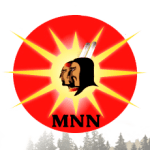TODAY, MAY 3, 2024, AT 3.00, KANIENKEKAH WORDS WILL BE. PROVIDED BY TEKARONTAKE, A KEEPER OF TRADITIONAL KNOWLEDGE, AT THE MCGILL ENCAMPMENT ON MOHAWK LAND FOR ALL INDIGENOUS PEOPLE OF THE WORLD. 
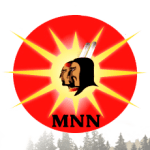
MNN May 3, 2024.The kahnistensera Mohawk Mothers wholly support the encampment that the McGill students and professors set up to demand that McGill divests from the ongoing genocide of indigenous Palestinian people in Gaza.
In 2015 Palestinian students at McGill came to see us to share their concerns that McGill is conducting military research in its “war labs” that were used against Paleistinians. As a result one of the Mohawk Mothers issued a notice of seizure of McGill Universsity on September 12, 2012, which sits on Mohawk Kanienkehaka land. Since then the Mohawk have experienced McGill’s ongoing colonial enterprise both against the Palestinians and Kanienkehaka.
McGill is now using its students tuition money to appeal a judgment the Mohawk Mothers obtained at the Montreal Superior Court to make them respect a settlement agreement signed with the Mohawk Mothers to allow expert archaeologists to search for the potential unmarked graves of the Mohawk and other relatives used as guinea pigs in medical experiments at the Royal Victoria Hospital.
“Why does McGill continue to invest its money to fight us and other indigenous people throughout the world? McGill has to divest all the money it is devoting to fight against the indigenous rights, dignity and lives here on Turtle Island and in the Middle East. We stand with the encampment and the students are here on our unceded territory with our permission.
The Superior Court of Montreal also agree they are doing nothing illegal. We Mohawks kanienkehaka have our own legal system since time immemorial, the Great Peace, which promotes non-violent peaceful and egalitarian resolution between all peoples regaredless of their race and color.
McGill would be better to abide by our way which is on our territory, to avoid sowing more conflict and violence as it is now doing.
niawen”
As the the students resist and persist to end the wars, Karonhiatajegeh’s Unity flag flies in the middle of it and we can hear whispers of the students saying “God Bless Louis Hall”, as we know that Karohiatajegeh hears it in the spirit world and smiles upon us. “You are you. I am me. He is he. She is she. When we put our minds together, we are the people, all children of mother earth. We are one . Celebrate. The power of one mind, participate. The power is the people. Not the money or the war. Let’s raise our voices so they hear us. Let them roar. No more killing of our own family. Let’s give peace a berth. ‘Cause we’re all in this together. We the people of Mother Earth”.
box 991 kahnawake quebec canada J0L 1B0 kahentinetha2@protonmail.com



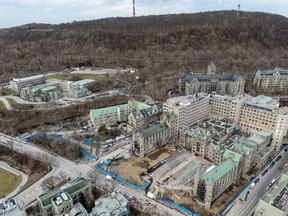
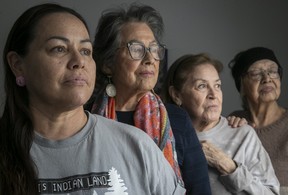

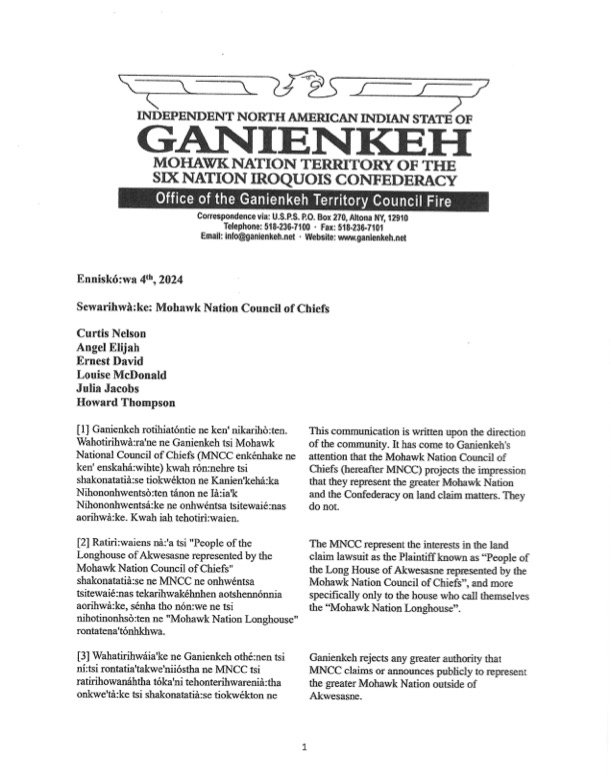
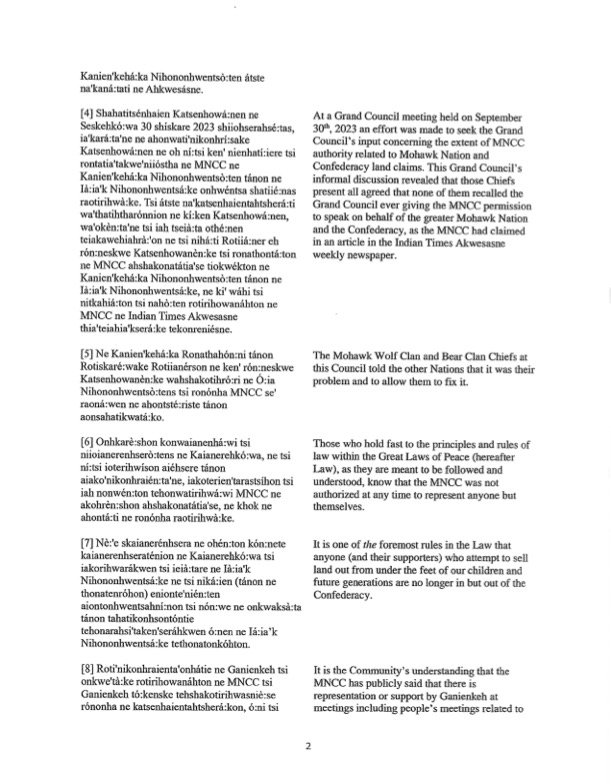
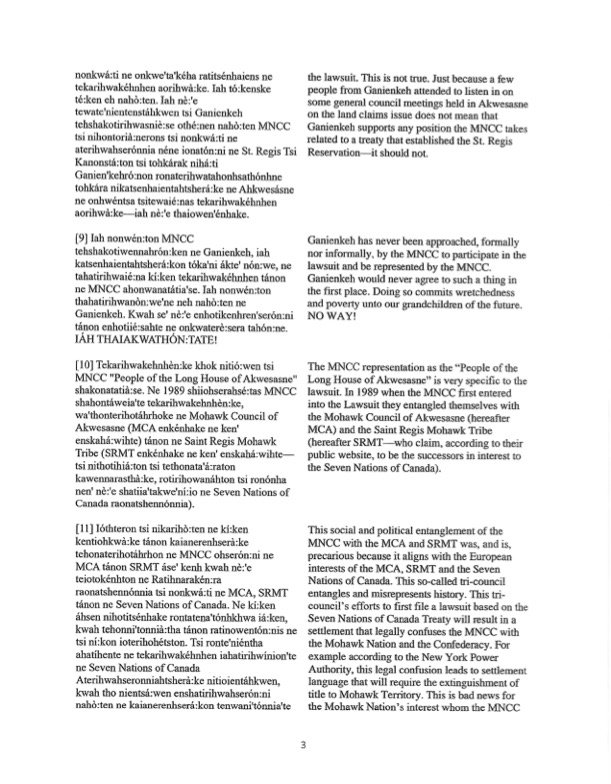
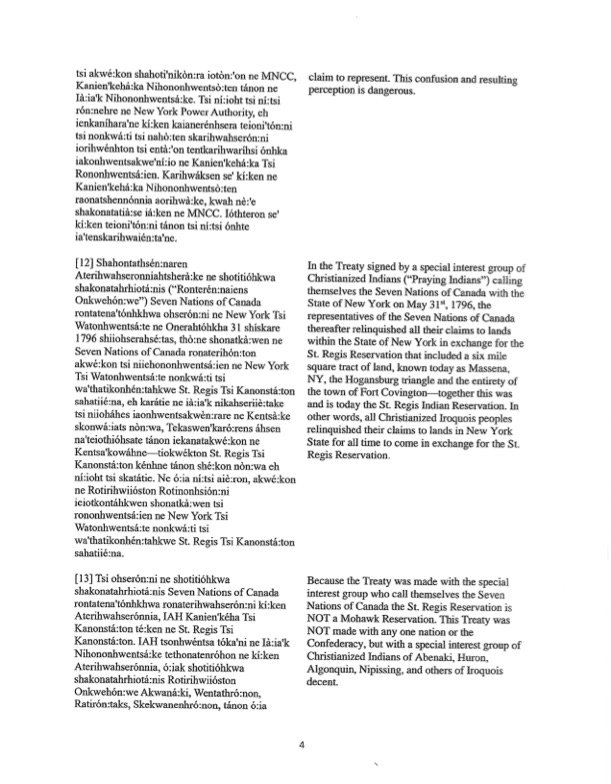
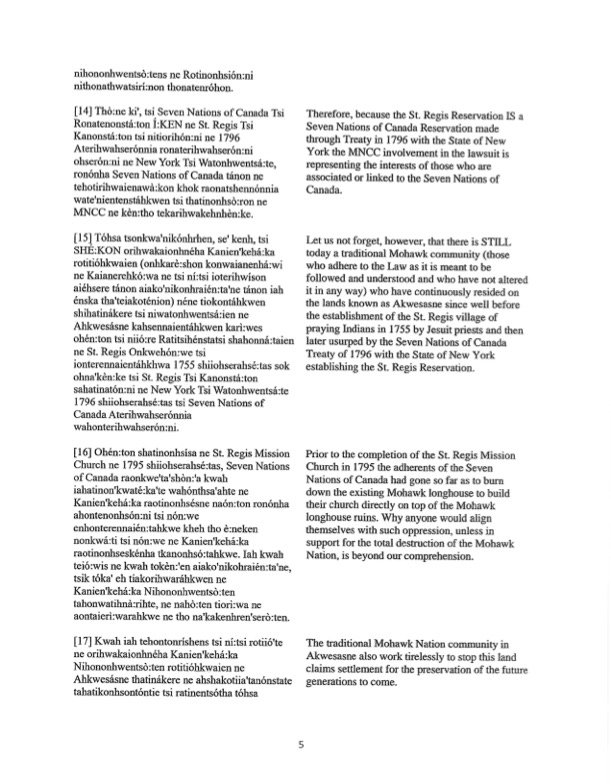


 2
2 







